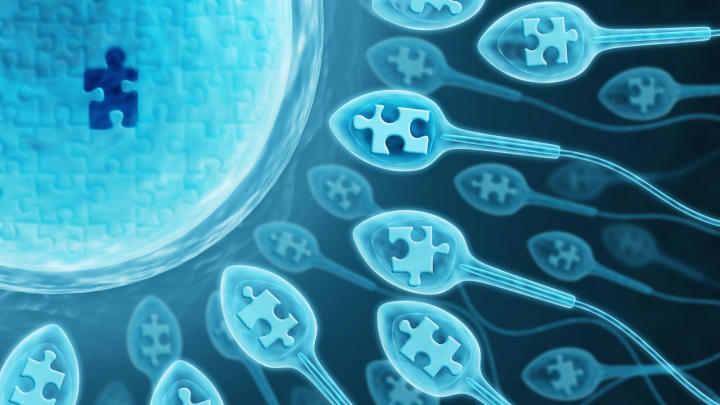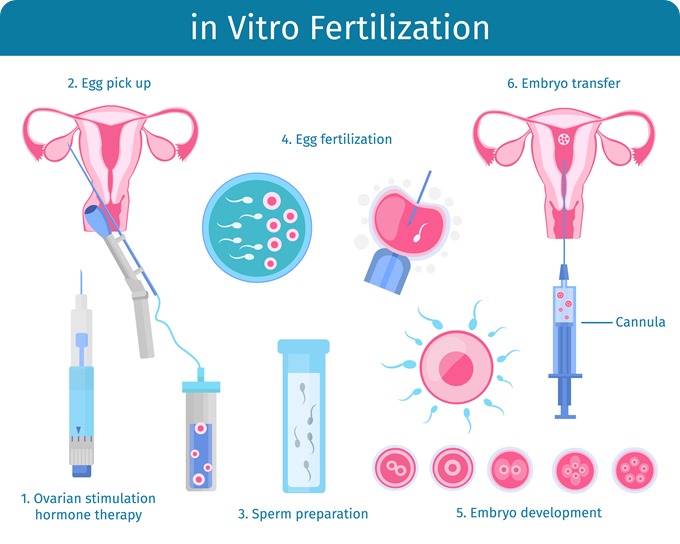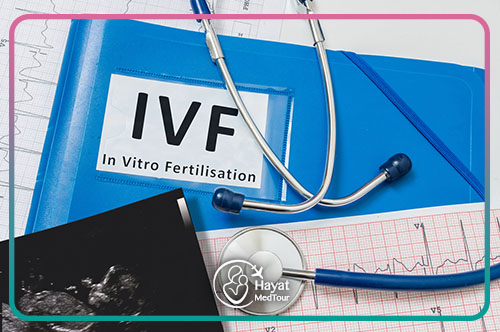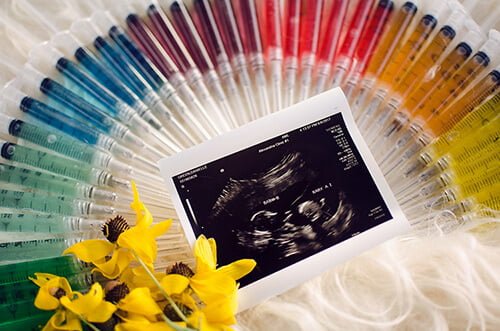IVF for male infertility
Sometimes, IVF for male infertility is the best treatment option. When the semen analysis is abnormal and identifies a male factor, it’s important to look for the cause. If the low sperm count appears to hormone-related, caused by an infection or related to a male anatomic abnormality, basic treatments may be used. If these do not work, or if it is a more severe case of male infertility, IVF is usually the treatment of choice.

Options other than IVF for male infertility
For hormonal imbalances like a low testosterone level, Doctor may choose medications like Clomid or fertility shots. The partners of men with decreased sperm counts and normal hormone levels will often undergo IUI. This is a simple and relatively inexpensive treatment for mild cases of male infertility.
Anatomical abnormalities that contribute to male infertility often require further evaluation by a urologist. Urologists are specialists regarding the male reproductive system. They will work with Doctor to determine what treatment is necessary.
If the sperm count is too low for IUI, IVF for male infertility may be the best treatment option. This treatment is a very successful option for couples with male factor infertility.
When do we recommend IVF for male infertility?
If a semen analysis reveals a very low concentration of normal sperm, Doctor often will recommend IVF for male infertility. This is because the chances of success are much better than with timed intercourse or IUI.
IVF is also a good option when there are multiple fertility factors, such as a low sperm count in combination with a blocked tube, difficulty in ovulation or advanced age of the woman. IVF can be the most effective treatment for couples in these situations by increasing the chance for fertilization of the egg.
The reason why is as follows:
- ۰ نظر
- 14 October 20 ، 09:35
- ۲۰۴ نمایش







